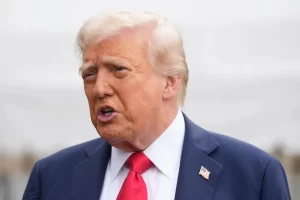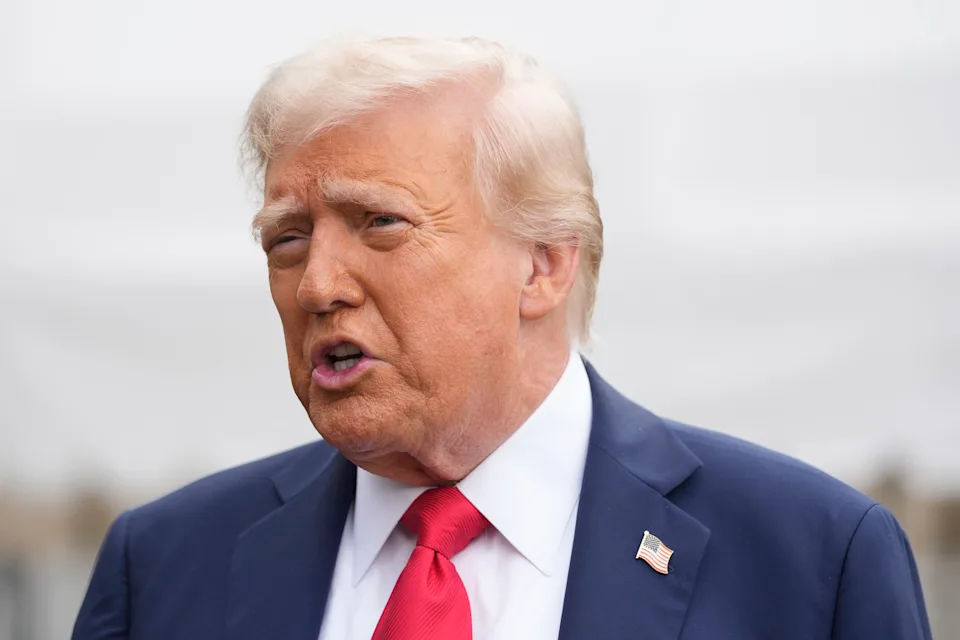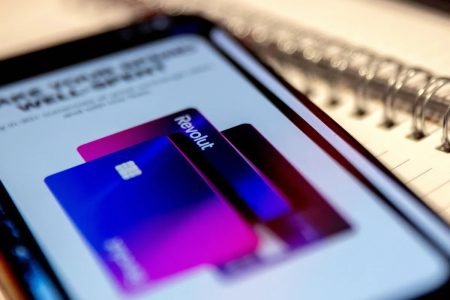US President Donald Trump’s announcement to charge new H-1B visa seekers a $100,000 per year fee is going to cost US employees up to $14 billion annually. The action has triggered an earthquake in the technology and banking industry and will likely redefine profoundly how American businesses employ foreign talent.
What is the New H-1B Visa Fee?
Trump’s H-1B visa fee to hit US employers with $14bn annual bill https://t.co/vyYR9KsaOv
— Financial Times (@FT) September 21, 2025
The Trump regime increased the fee for the H-1B visa for highly skilled foreign workers to $100,000 annually per new application. The fee would only be applicable to new applicants, not renewal ones, and became effective on Sunday, September 21, 2025.
The H-1B scheme, granting 85,000 visas per year, has been a program that has long been assisting US businesses in filling positions that require specialized abilities, particularly in areas of technology and engineering.
Why Was This Change Made?
The purpose, according to the White House, is to safeguard American jobs. Officials assert that numerous US companies have exploited the H-1B program by bringing in foreign employees at lower pay and displacing American workers. Commerce Secretary Howard Lutnick stated, “Let’s train Americans and refrain from bringing in individuals to take our jobs.”
Big Impact for Employers
US employers, especially major tech companies like Amazon, Microsoft, and Google, are likely to be most affected. Amazon alone employs over 14,000 H-1B workers, with several other tech giants not far behind. If each new H-1B hire in a year comes with a $100,000 fee, the country’s total annual bill for these visas could top $14 billion, according to estimates.
How Will Companies React?
Many companies say they may need to rethink how they hire international talent. Some experts believe the added costs could lead to:
- More work is being sent offshore instead of bringing workers to the US.
- Increased use of remote work and contract workers.
- Higher prices or delays in delivering technology projects.
- A shift to alternative work visas with lower fees, such as L-1 or O-1.
Some Indian IT and outsourcing firms may try to pass these costs onto their US clients, raising prices or renegotiating contracts. Shares of top Indian IT companies have already dropped following the announcement, and US firms are warning employees to avoid international travel, as immigration conditions remain uncertain.
Who is Affected Most?
- Indian and Chinese professionals account for the largest share of H-1B visa holders; 71% come from India, and about 12% from China.
- New applicants are most impacted. This hike does not affect current visa holders unless they apply again.
- Startups and smaller firms, which do not have the resources of tech giants, could struggle more to pay the higher fees.
Concerns from the Industry
The tech industry says the new fees will make it much harder for the US to attract top talent. Some think it could slow innovation and hurt America’s ability to compete globally. There are also worries about possible doctor and teacher shortages, as many hospitals and universities rely on workers holding H-1B visas.
Response from India and Others
India’s government has criticized the decision, saying it will disrupt families and the careers of thousands. Relations between Washington and New Delhi have already been tense due to recent US tariffs. Other countries in Europe, Asia, and the Middle East see this as a chance to attract skilled workers who might now look past the US.








